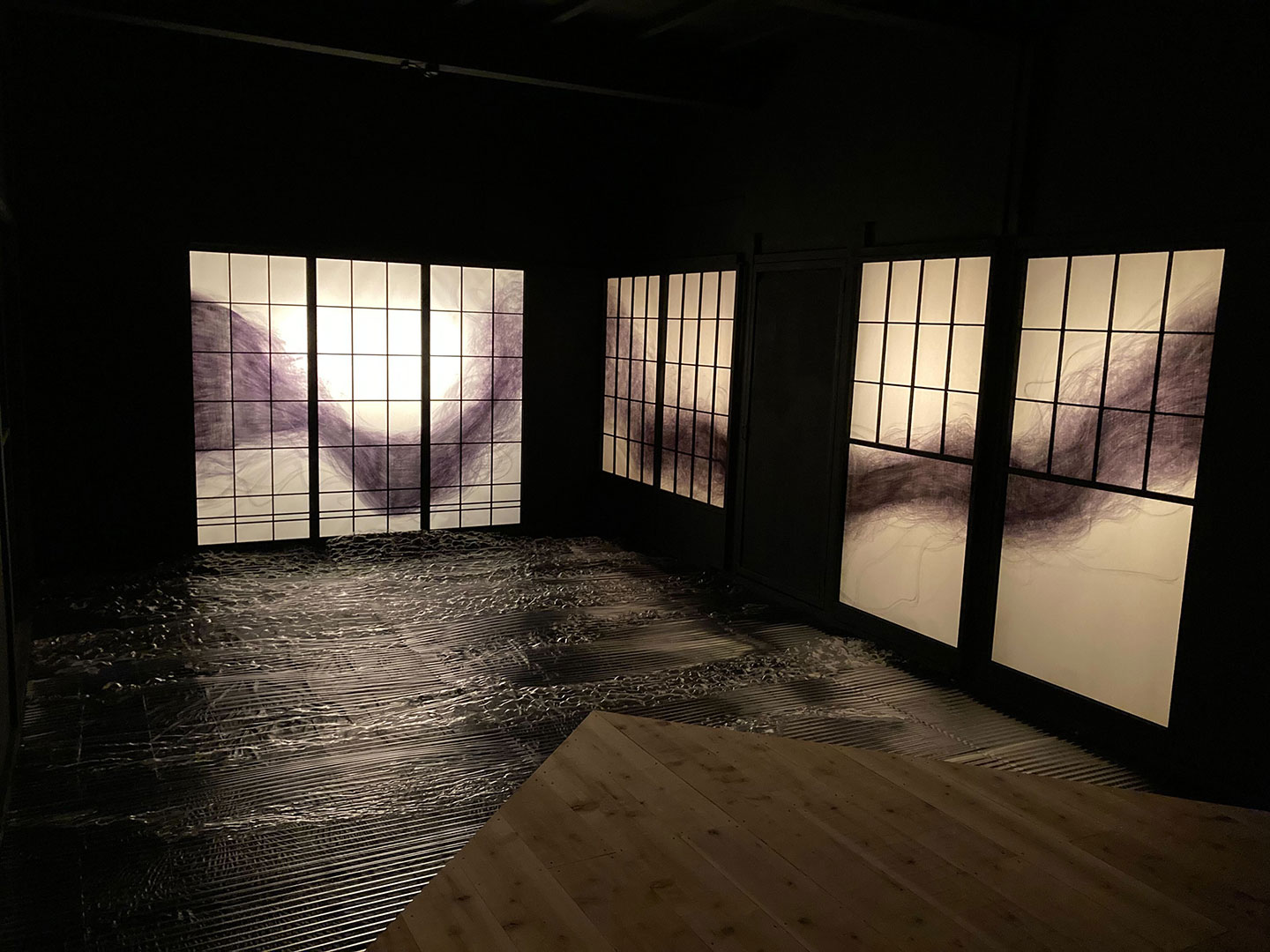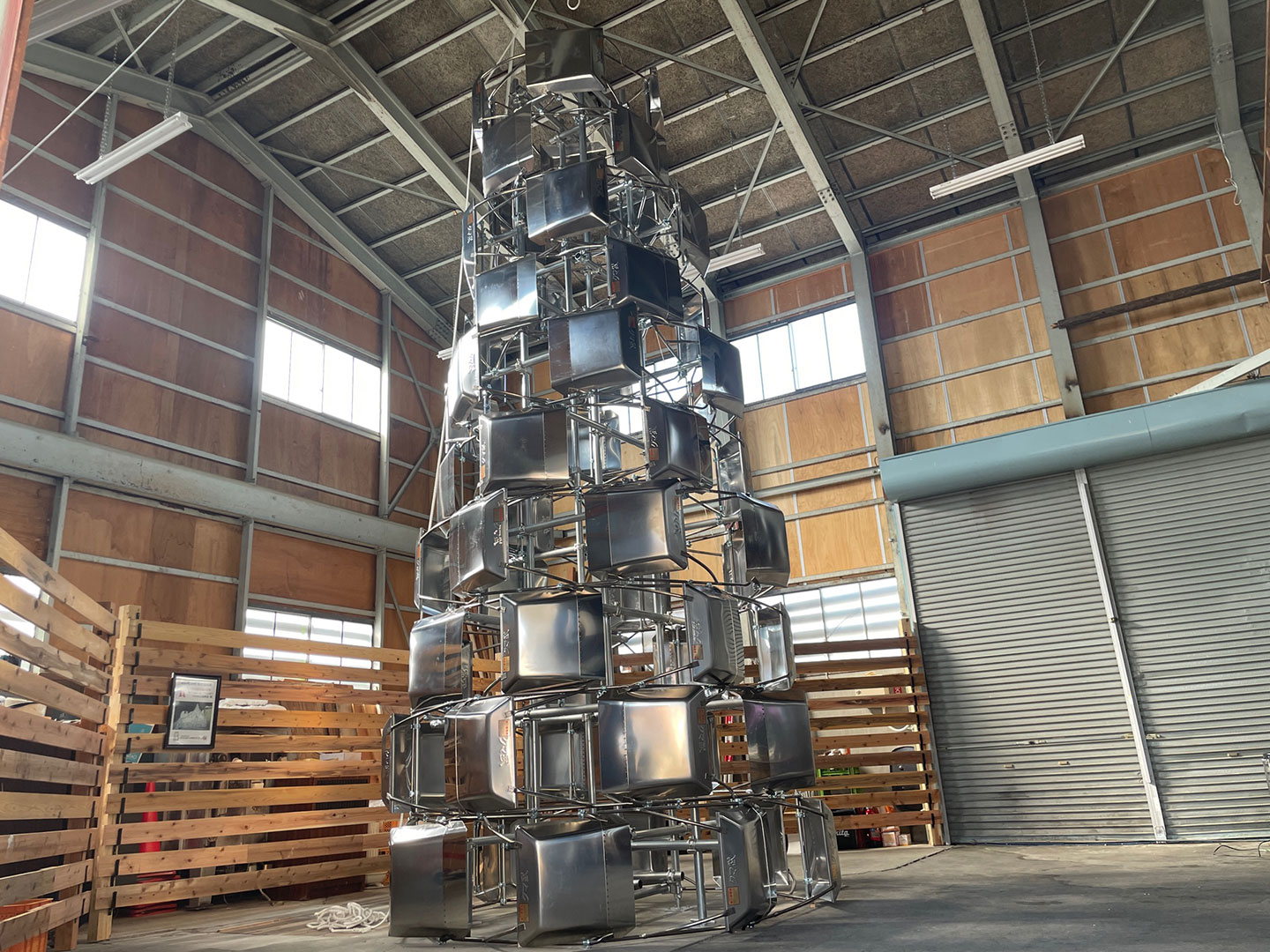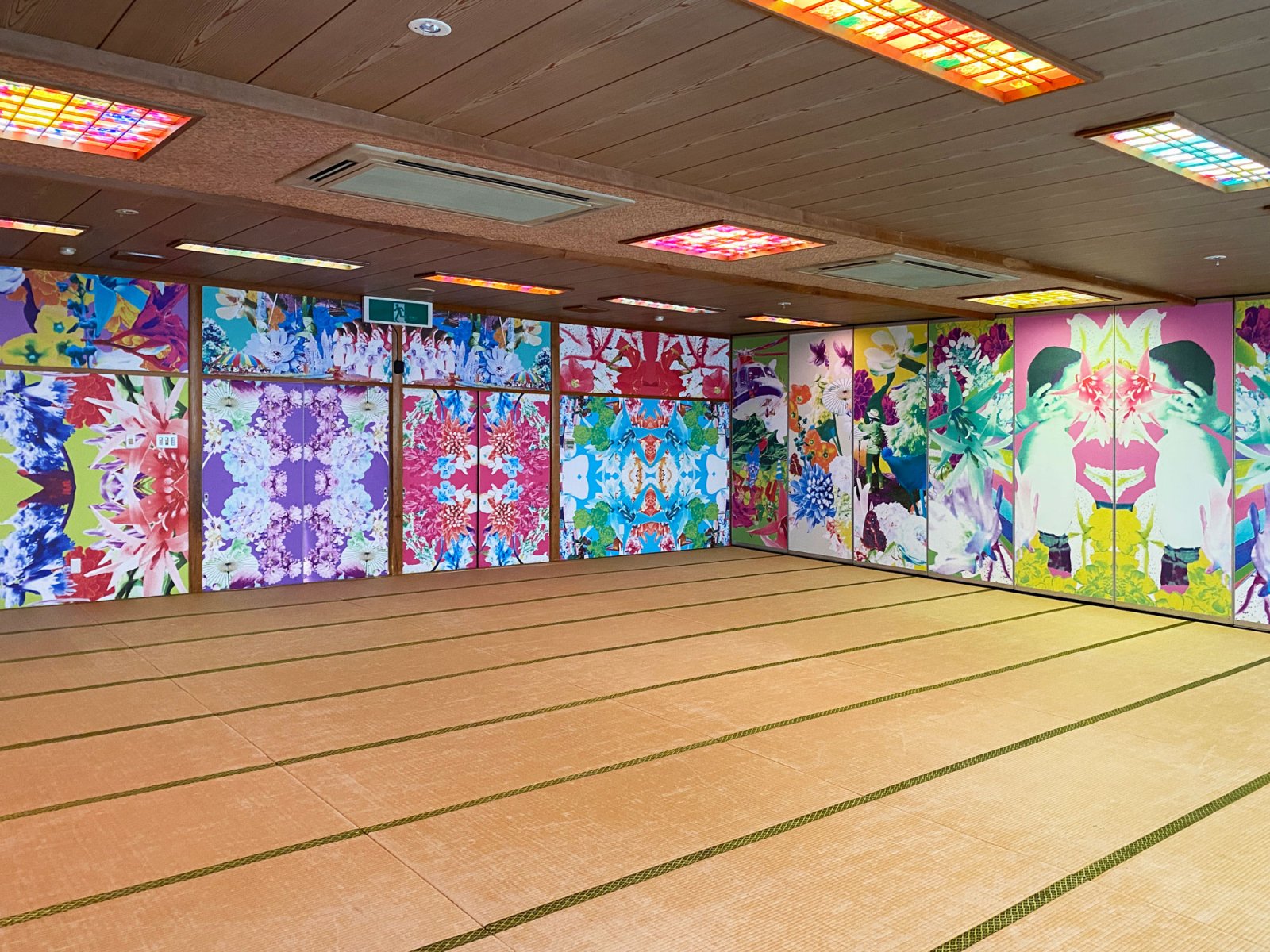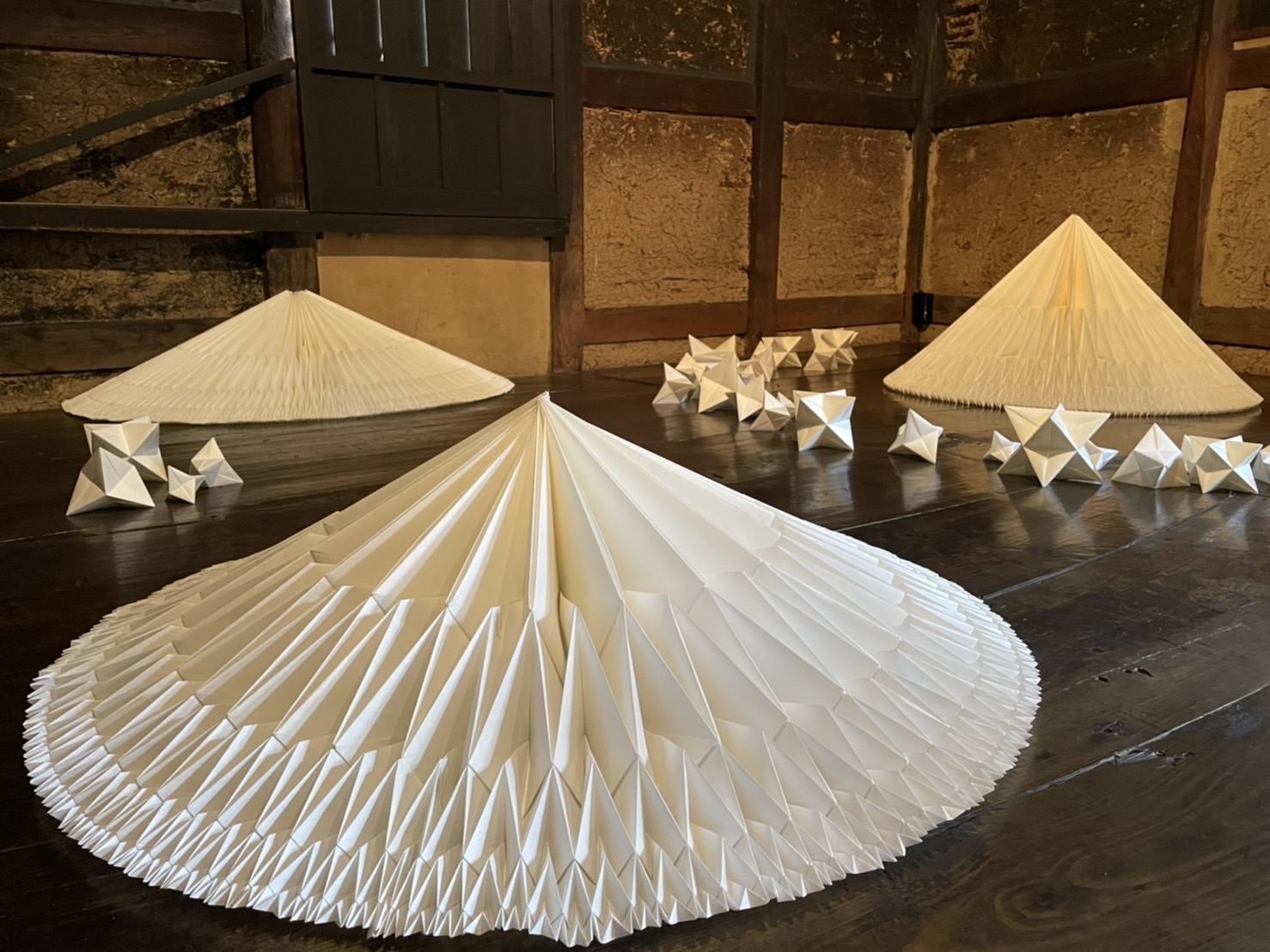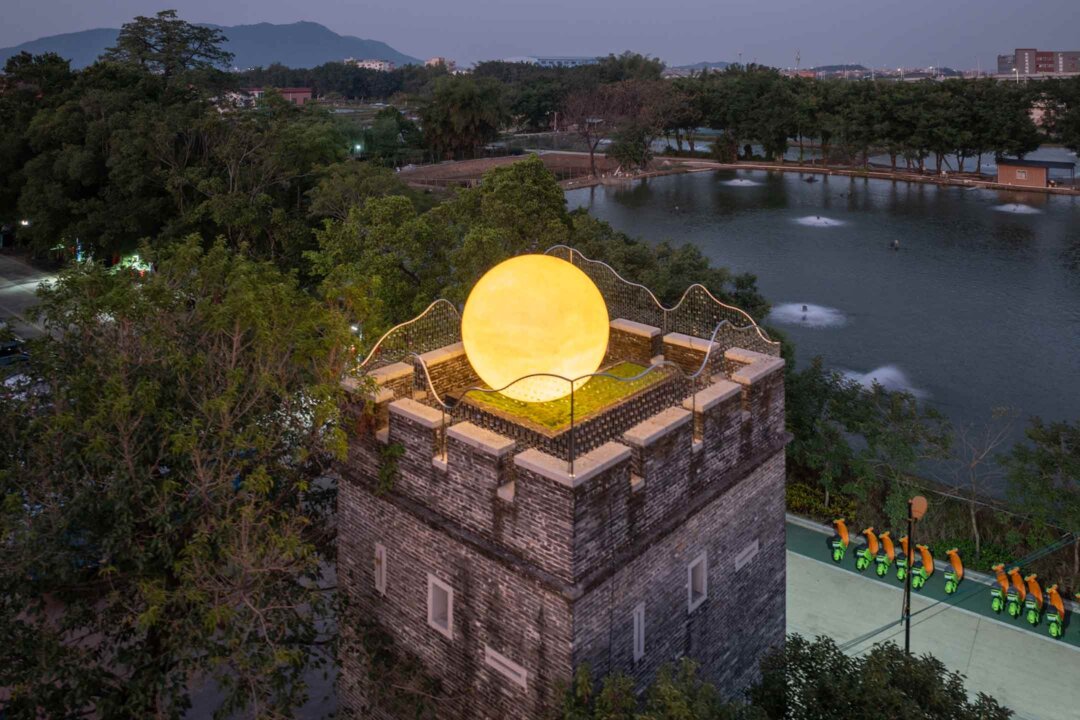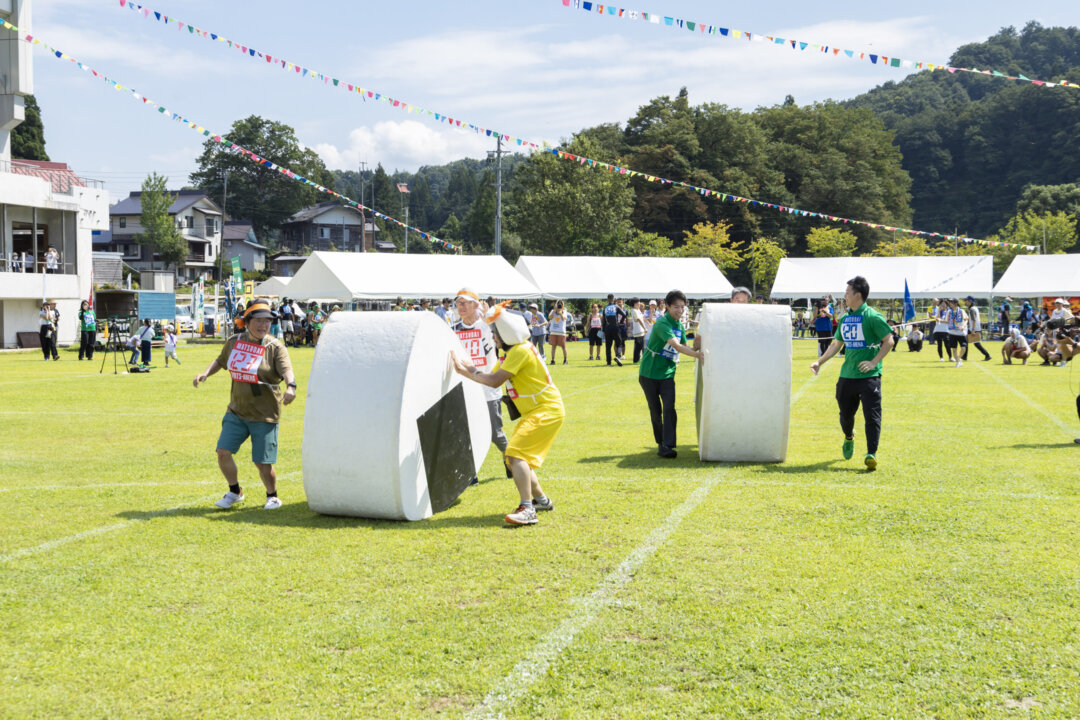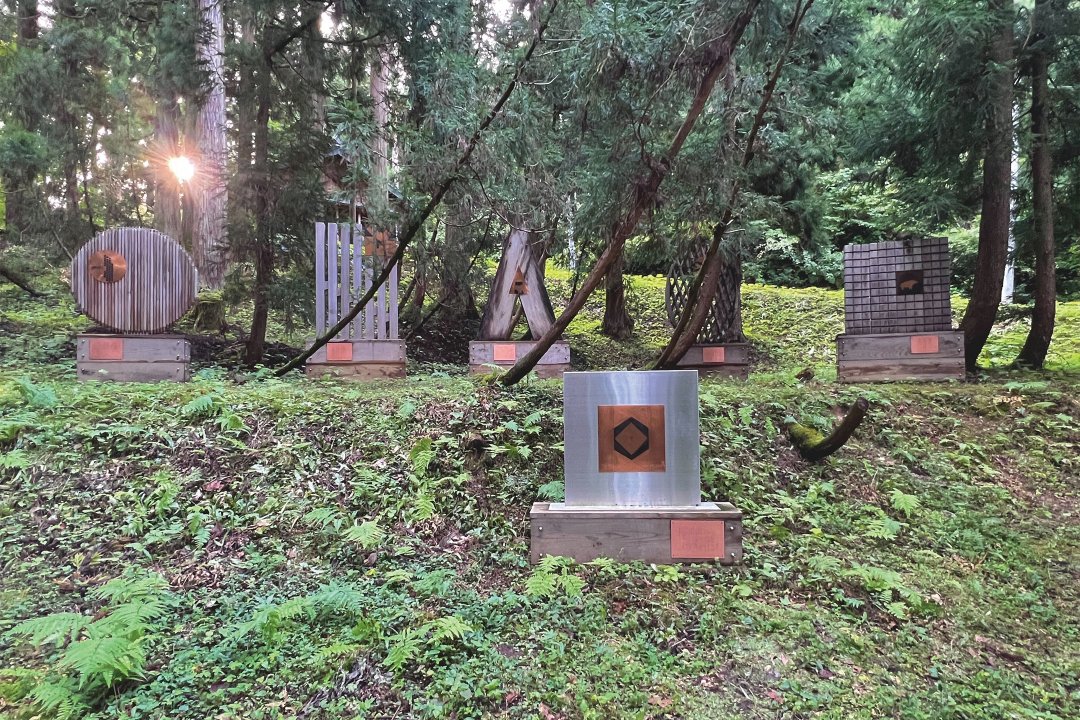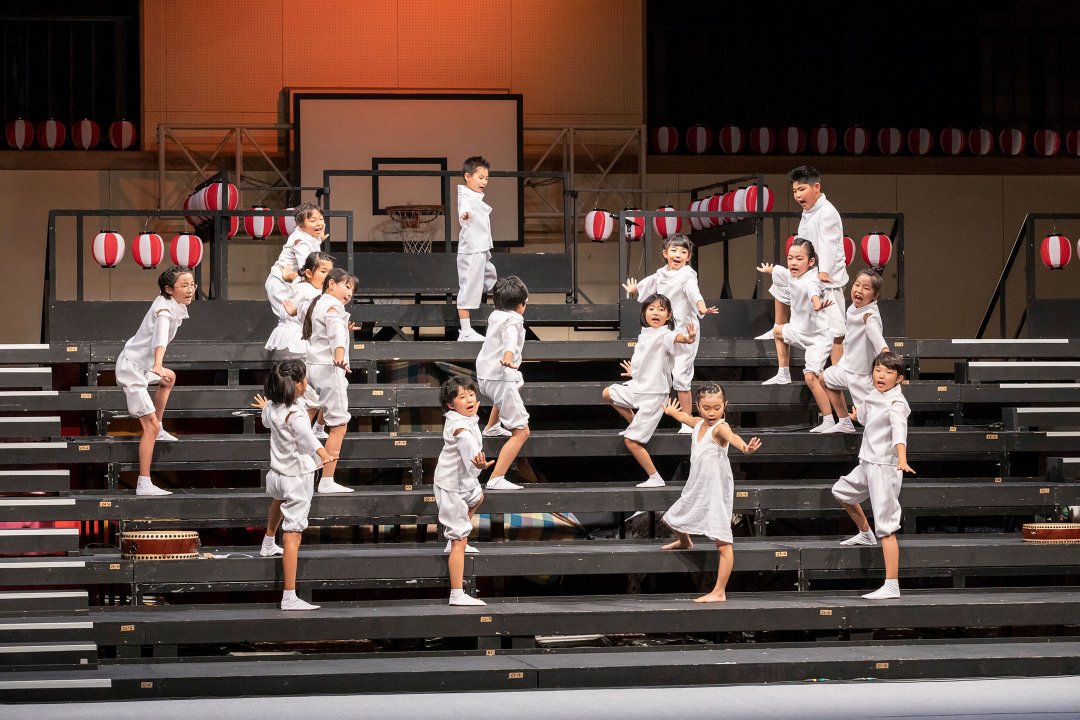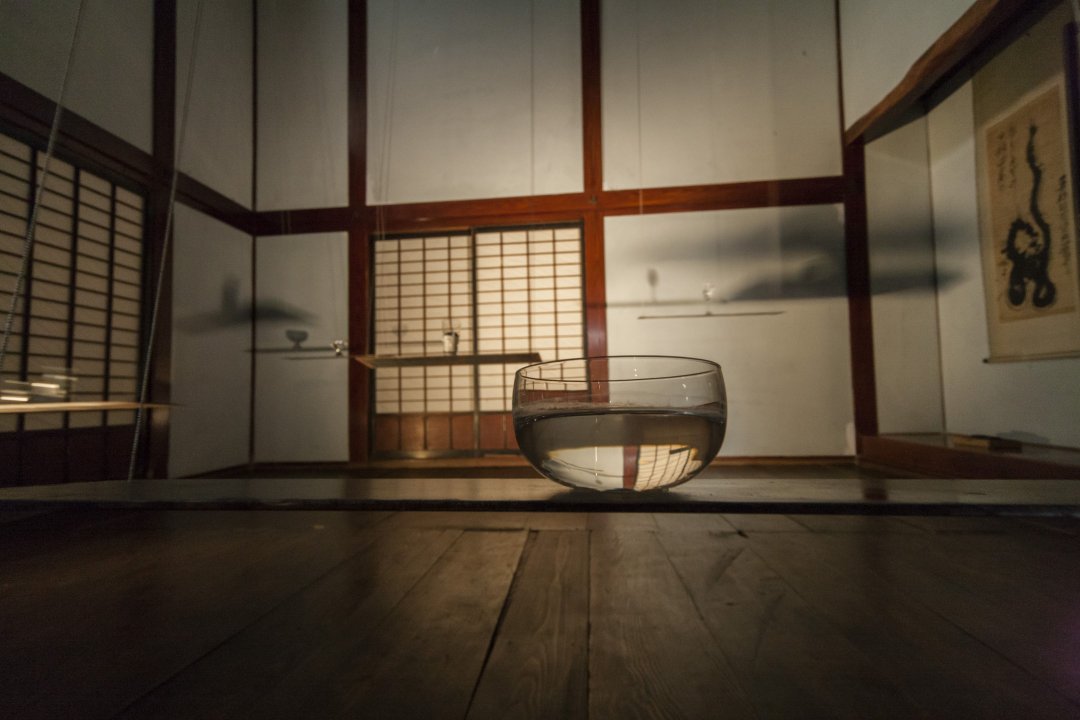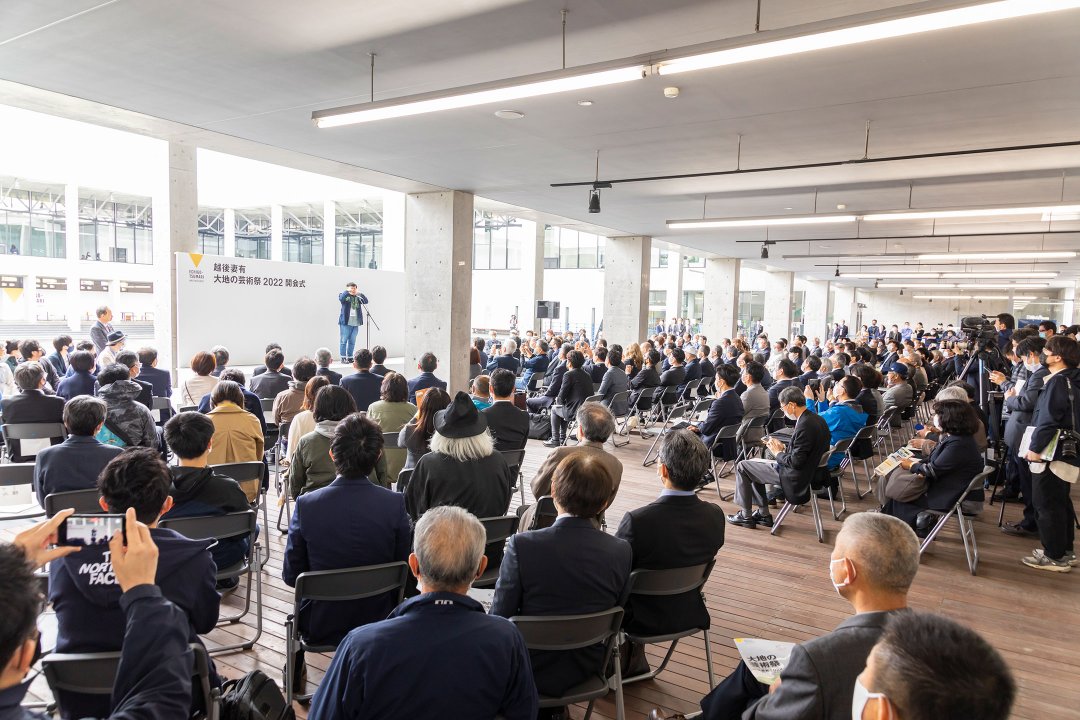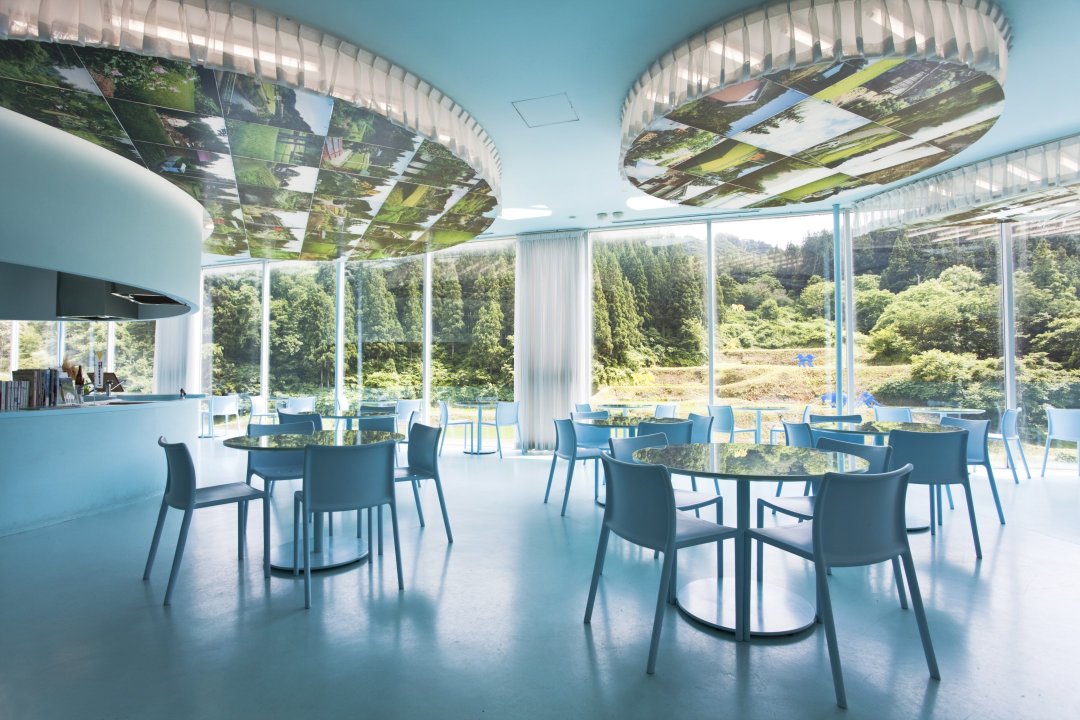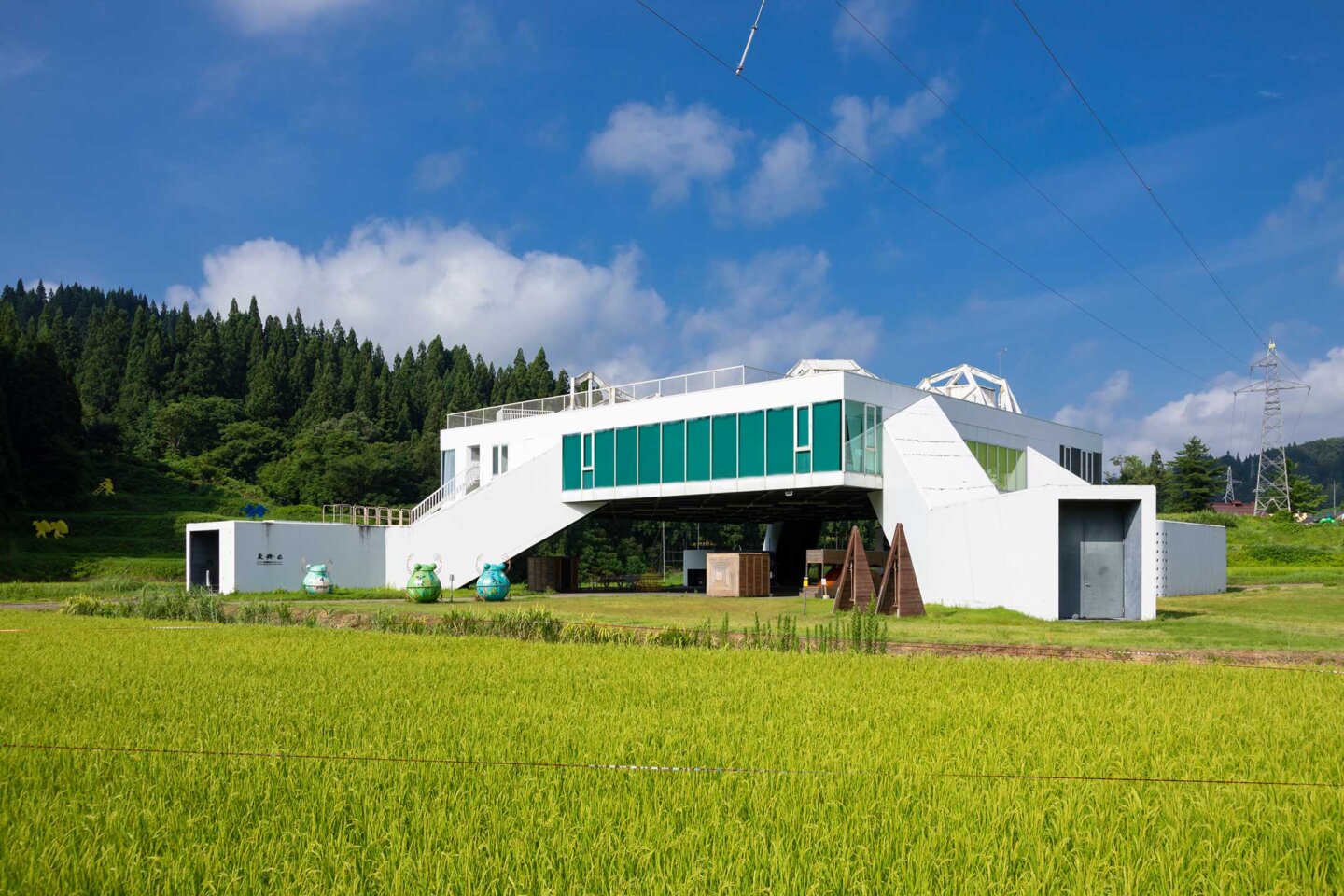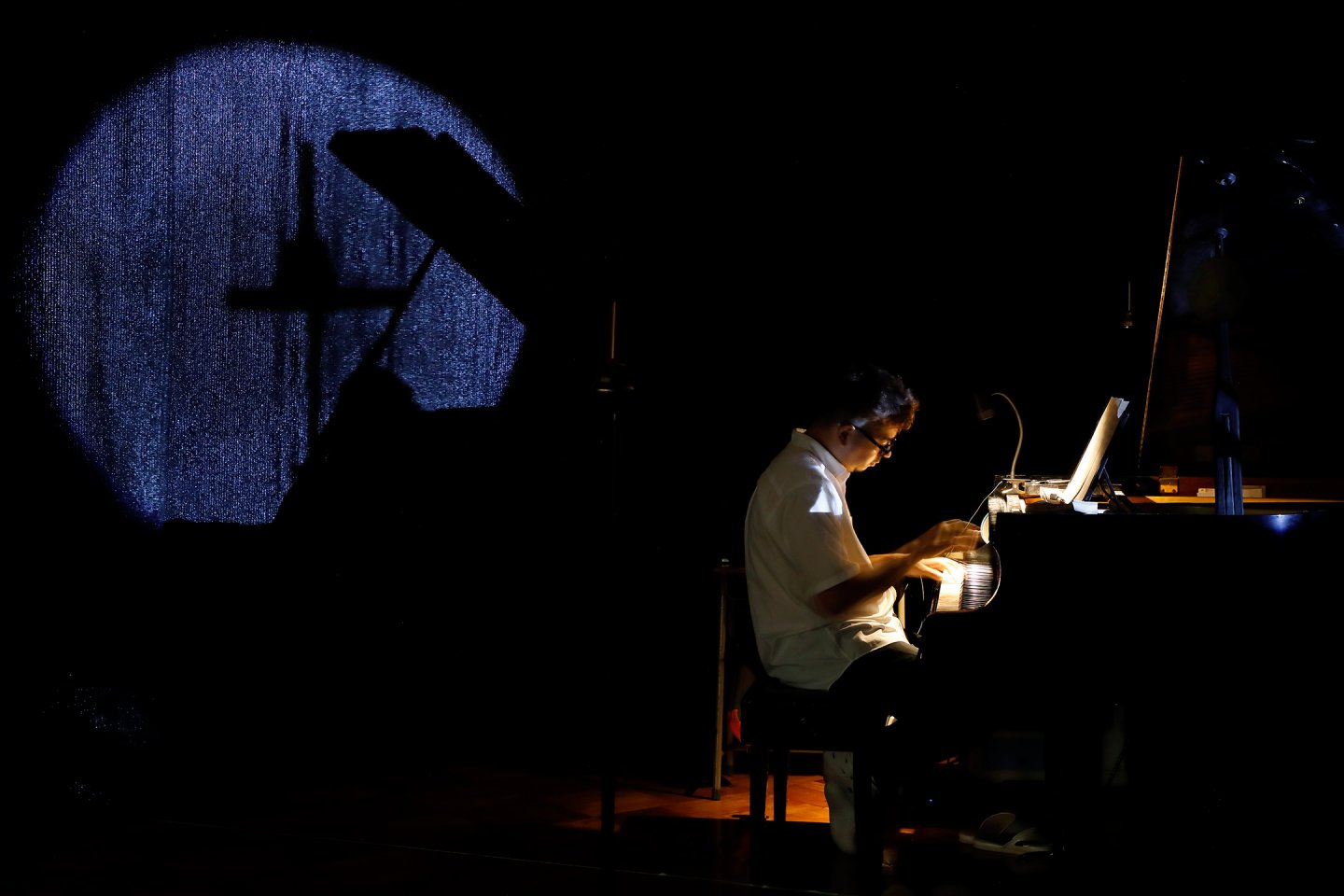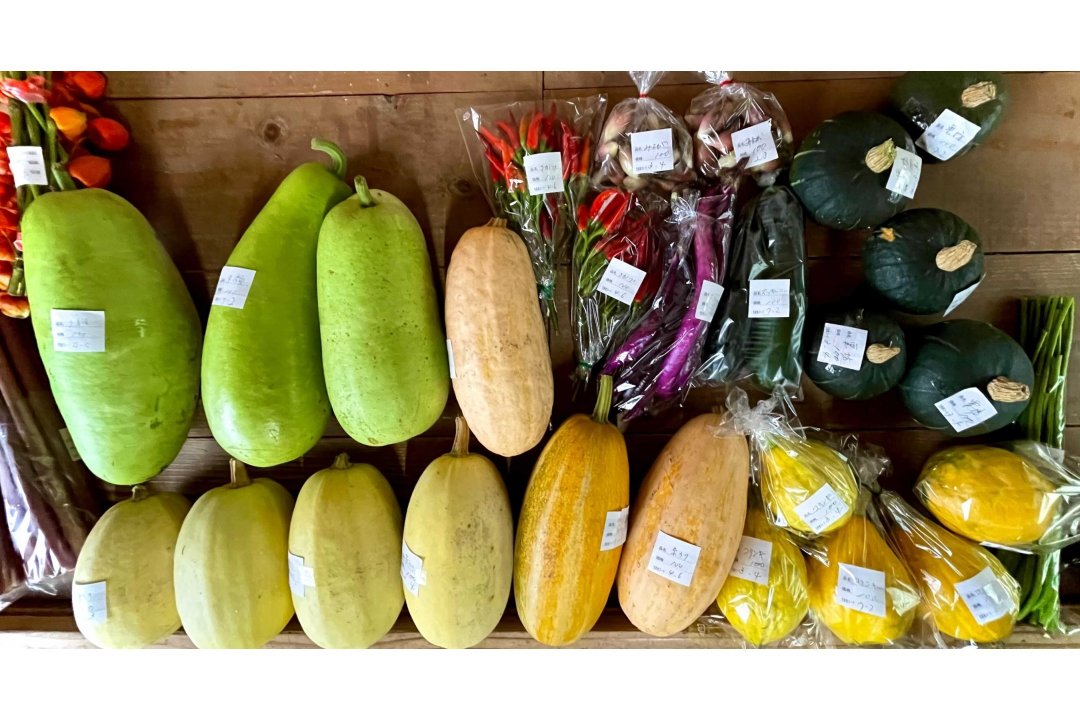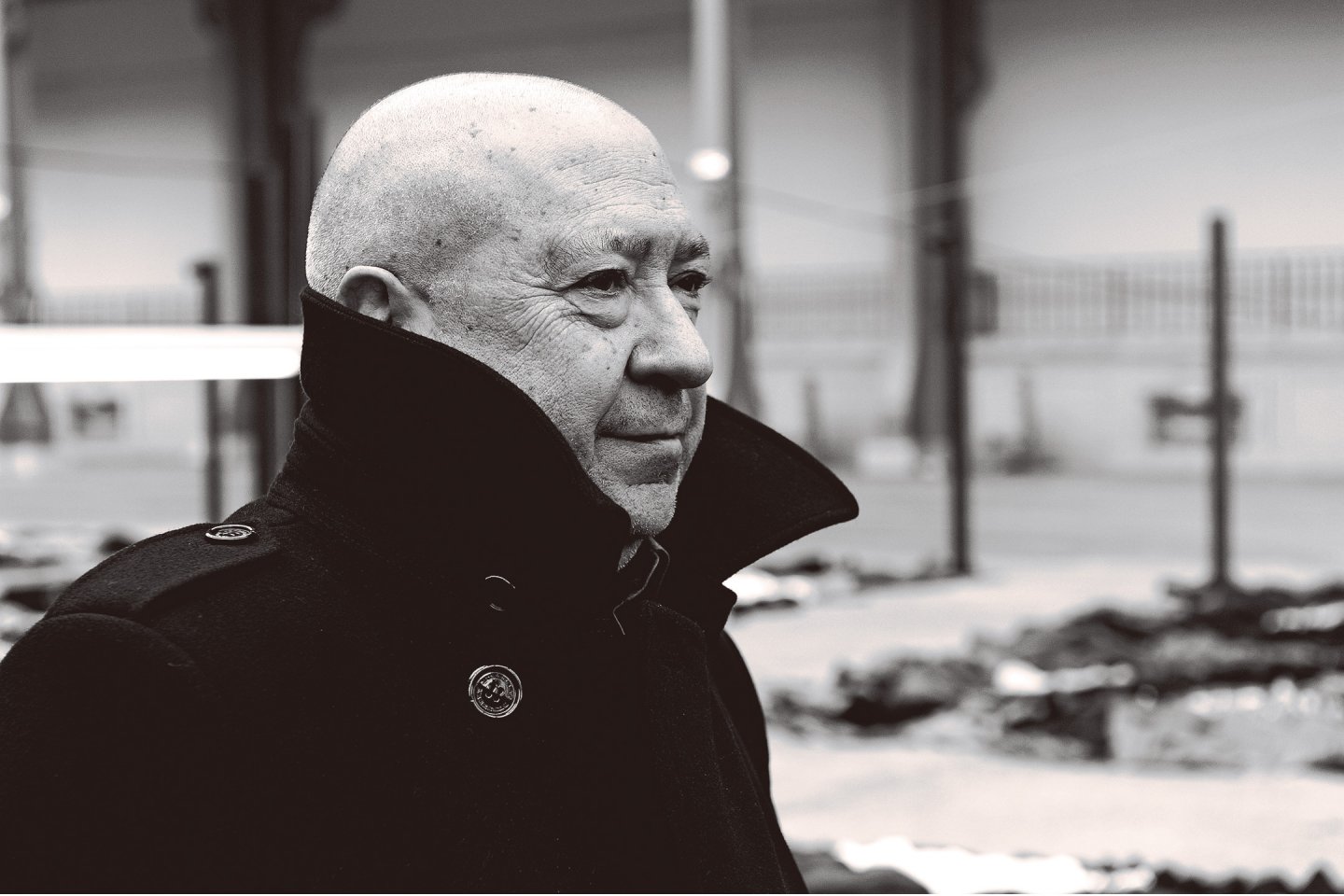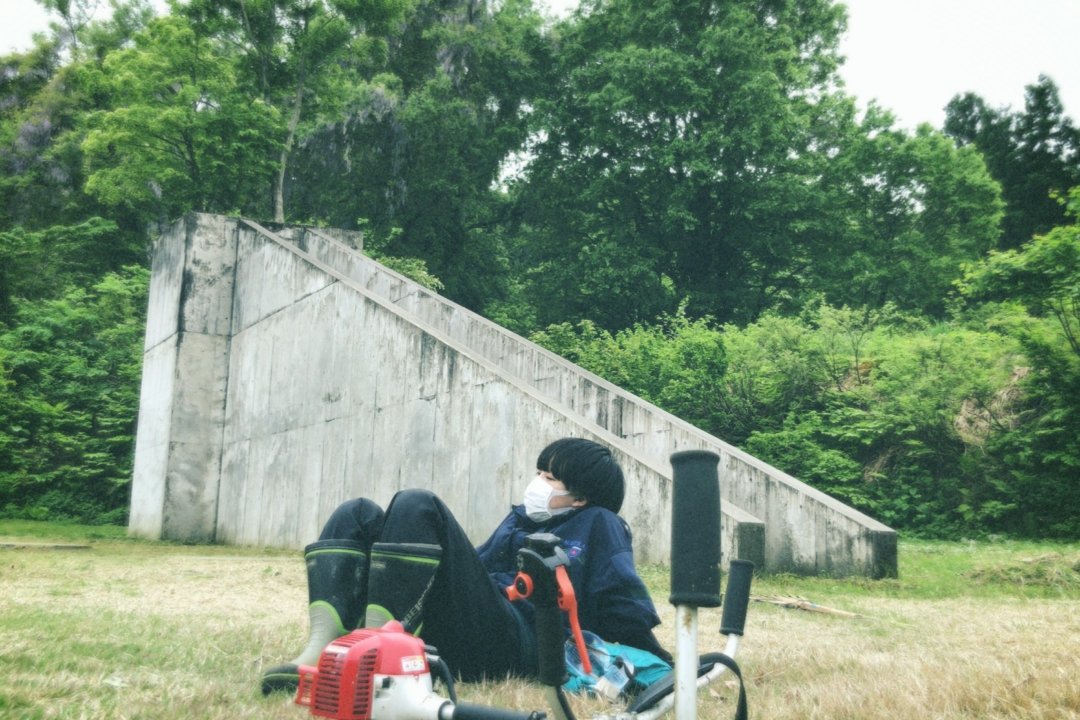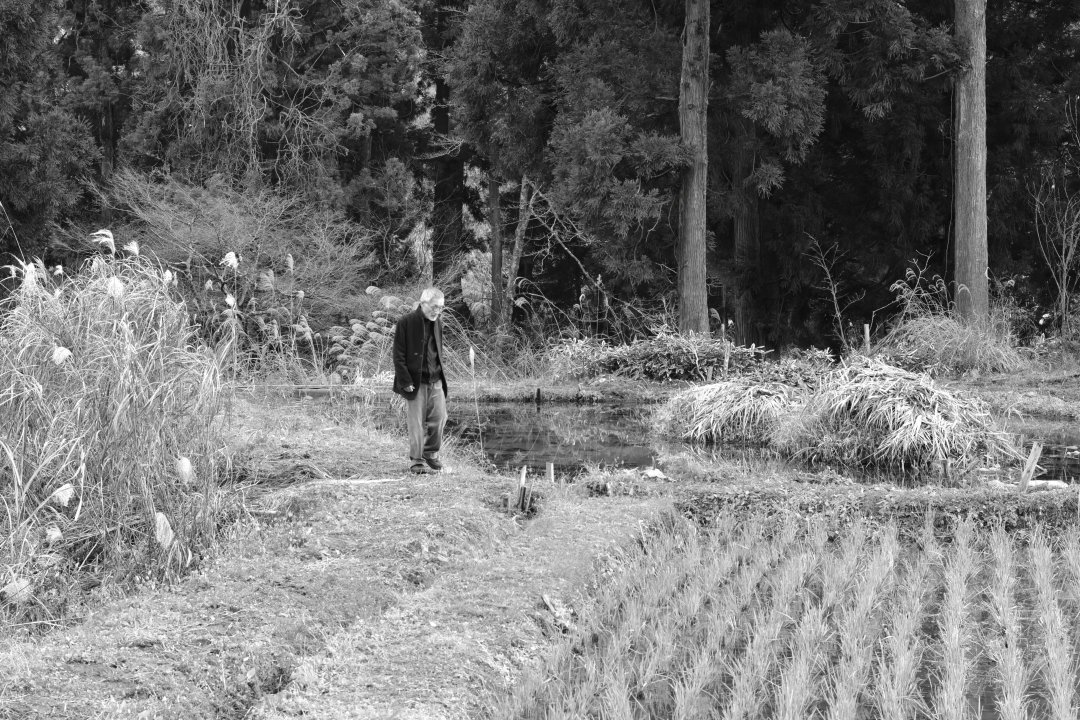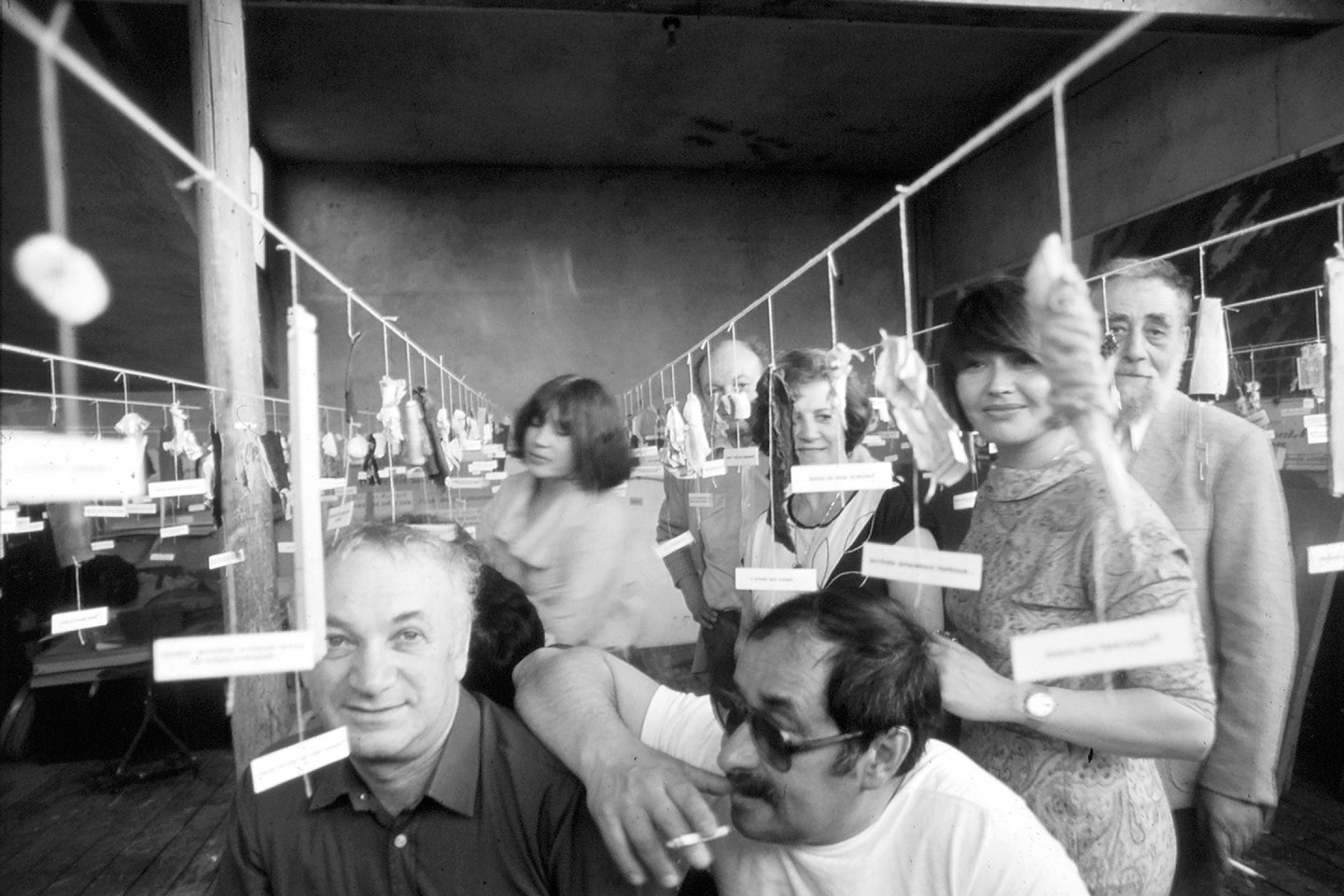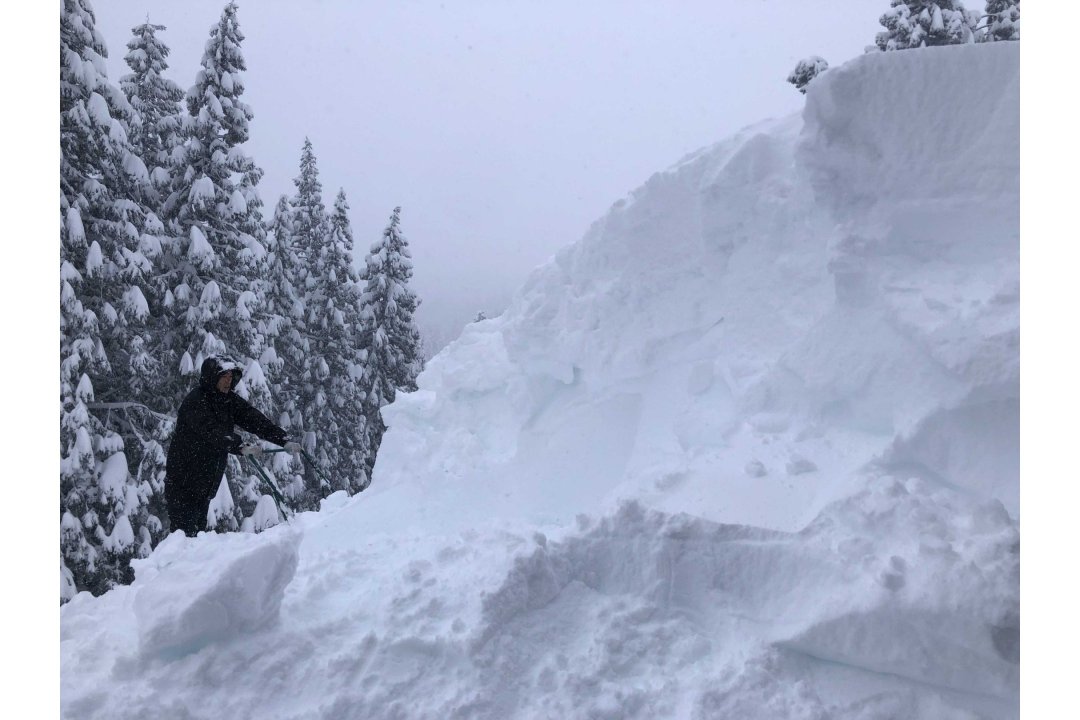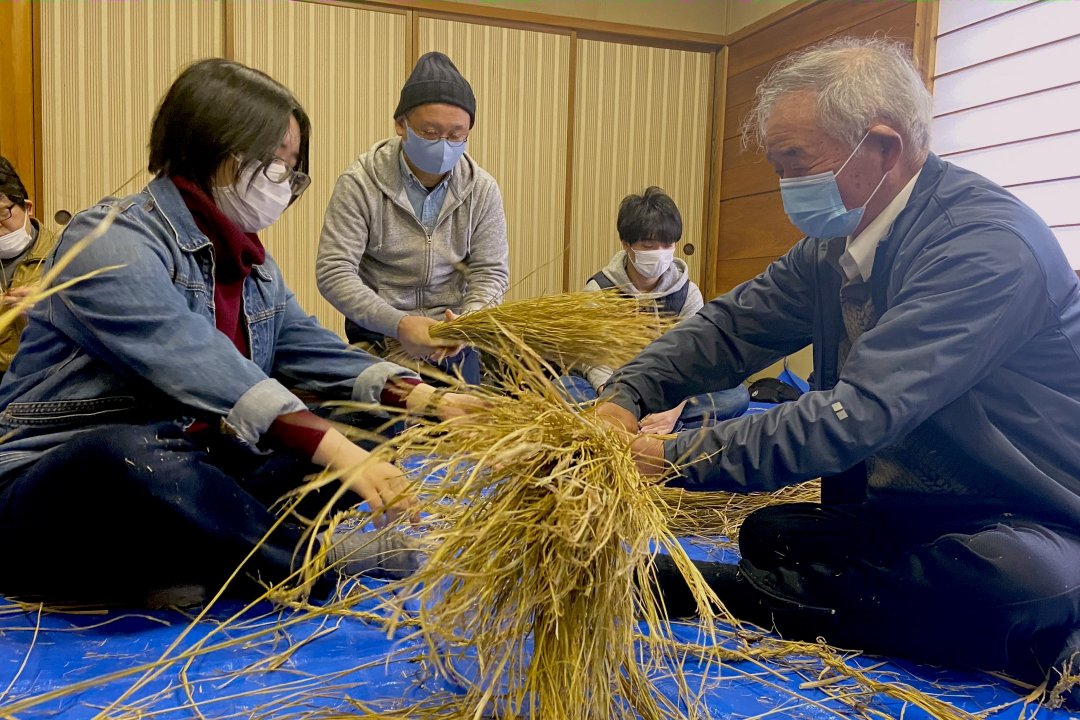Thinking 21st century art in the world from Niigata
Echigo-Tsumari Art Field - Official Web Magazine
Feature / Director's Column
This and that about ETAT 2022 ① (written on 23 Apr)
Kitagawa Fram (Editor-in-chef of “Art from the Land” / General Director, ETAT)
Through this series of column, Kitagawa Fram, General Director of the festival shares "this and that about ETAT" which runs from 29 April for 145 days.
Text by Kitagawa Fram
27 April 2022
The long-waited eighth iteration of ETAT finally launches on 29 April. In fact, it has been postponed for one year under the COVID-19 pandemic. Although we are still battling with the COVID-19, we will try our best to bring a festival that is “good to go and great to host”. I hope the festival offers a touristic experience as well as the feeling of happiness as you encounter the pride in the life in the region and experience something new in unknown territory.
On 23 April, I visited a few artworks that are part of one of the official guided tours called “Shizuka, the goat course”. The ground floor of an abandoned house hosts a work by Kabata Chihiro – the countless number of strokes drawn by ball-point pen run down the walls while a river on the floor emerges in the light. I can’t wait to see a white mountain landscape appearing on the upper floor in summer. You may like to take a stroll by the river bank when you are in Ichinosawa village.
Nanawa is a newly developed village after the war on the fields of Shinza village. It is a tightly knitted community and works well together when tackling the snow in winter. What represents their solidarity is “Kuma-style” snow removal equipment called snow dump developed by Higuma Seisakusho. The artist, Fukasawa Takafumi builds a tower of the snow dump in Nanawa Disaster Prevention Centre. The space shows the history of the community.
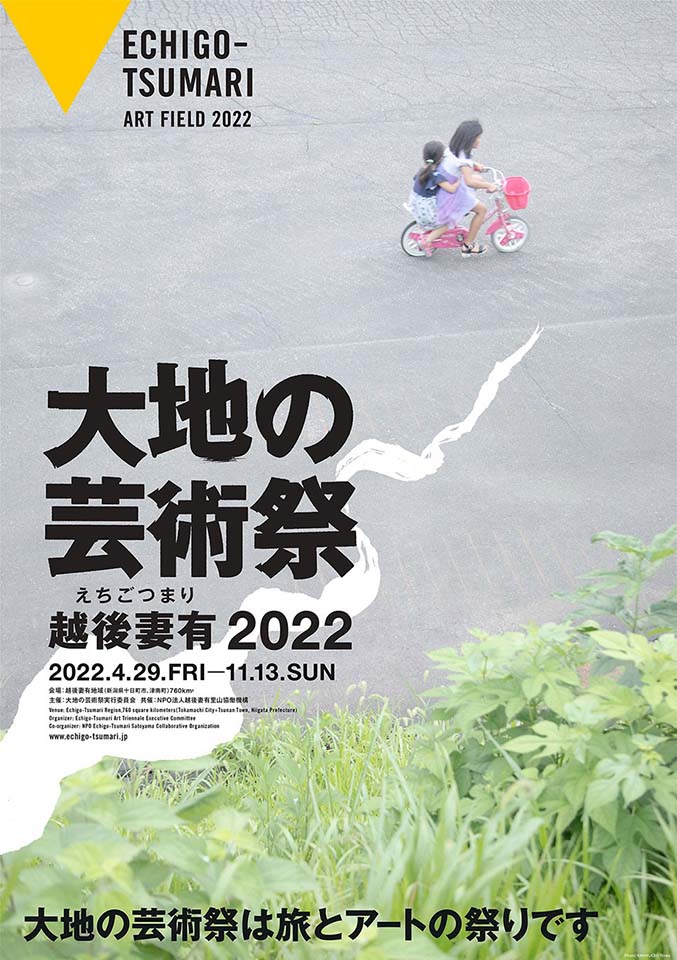
Echigo-Tsumari Art Triennale 2022
145 days from Friday 29 April to Sunday 13 November 2022. (closed on Tuesdays and Wednesdays)
【Official guided tours including guide and lunch】
“Shizuka, the goat course”
The tour runs on: Fri 29 Apr, Sun 1, Tue 3, Thur 5 May and Saturdays between Sat 7 May and Sat 23 July
≫Click here for details.
Ihashi Arisa created a textile print using photos taken by local people and covered the entire space of a banquet hall on the upper floor including walls and fusuma (sliding screen) in the former Miyoshi-no-yu in Gejo. It was a great work of montage consisting of seasonal flowers, animals, and commemorative photographs, covering the entire space. I could feel an artist’s admiration for local scenes from the way she put together different elements so well done to the artist.
What surprised me was “Time of Farm Tools” by Kawaguchi Tatsuo. Approximately 30 tools that were once used such as kuwa (hoe), suki (hoe), kama (sickle), and koshiki (strainers) are hung in different ways in the yellow room on the upper floor of Kamishinden community hall. It felt like these tools were about to move in the strange suspended time. They seemed to store some energy in the space filled with a sense of buoyancy. And this was indeed due to the fact that they are hung in the way they can be used by people as they were positioned. As the signature of Kawaguchi, each tool had seeds of plants sealed with lead.
While this space has been hosting greate works inclucing “Background Story” by Xu Bing, I felt that the space had been shaped to the best artwork at last. “Light of the World, Light of the Intelligence II” by Kang Airan has been installed on the ground floor since 2009 along with Tanaka Fumio bunko and it is great to see how it illuminates with life. It occured to me that the building does live its life. Looking back, this was the place where former director of education of Tokamachi-city, Mr Ogoze Seiichi and his wife used to help reception – so I have a fond memory to this venue.
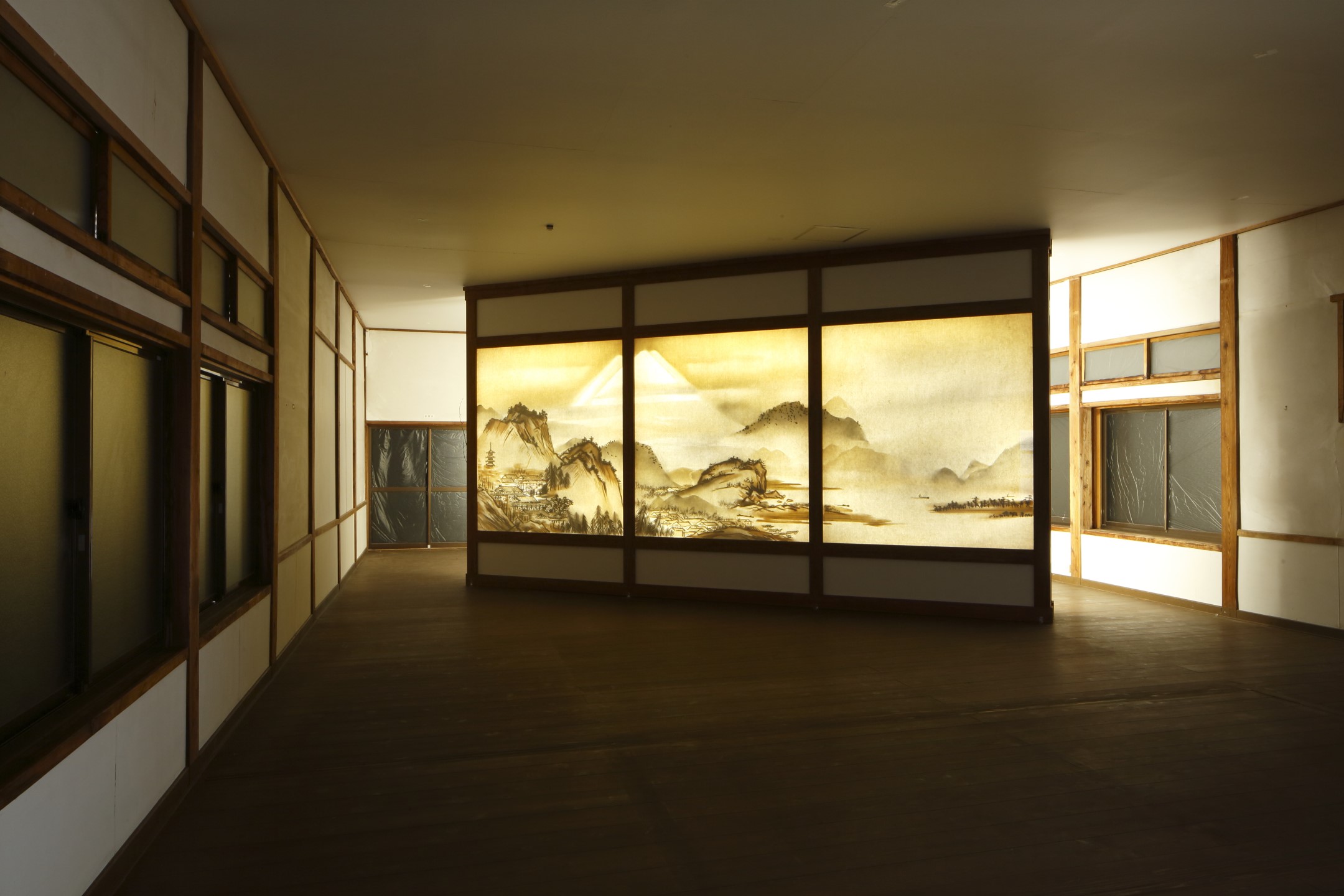
“Background Story” by Xu Bing (2018) photo by Kioku Keizo
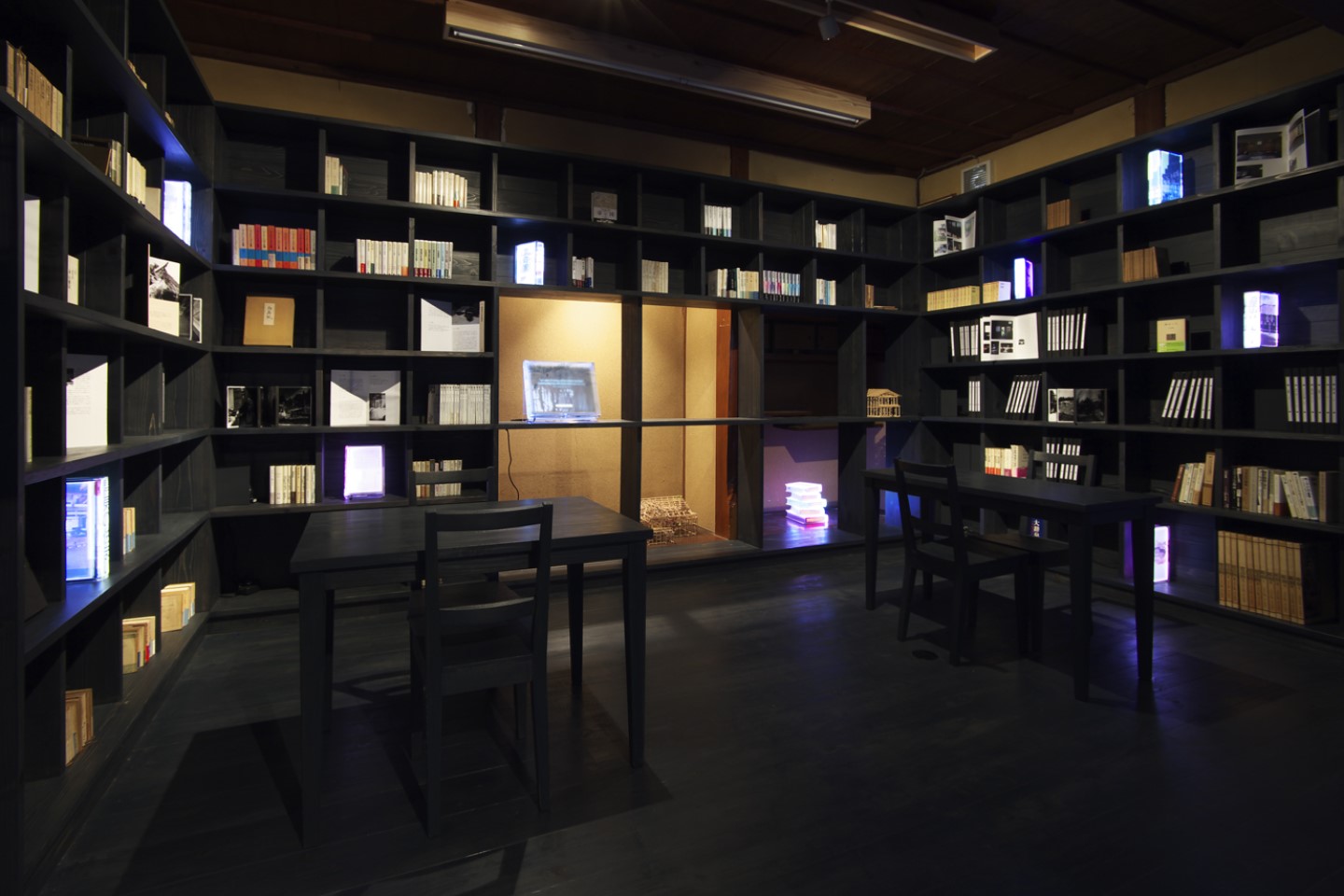
“Light of the World, Light of the Intelligence II” by Kang Airan (2009) Photo by Miyamoto Takenori+Seno Hiromi
Close to these works stands Ubusuna House which was created by Irisawa Yoshitoki, a master of pottery, and Aando Yasukuni, a magnificent carpenter. For this festival, the world-known origami artist Fuse Tomoko presents her work in Ubusuna House. There are also “The placenta ― Misyaguchi” by Furugori Hiroshi and “Gejo Thatch Tower” by MIKAN + Sogabe Lab. Kanagawa University as well as a reminiscent of “Post-War Love Letter (To Niigata Rice Terraces From Ifugao Rice Terraces… With Love)” by Kidlat Tahimik, the artist from the Philippines.
We were also able to see “Pavillion / Papillon” by Dominique Perrault standing in the park as sakura petals were blowing. It was a beautiful day for exploring the region.
Kitagawa Fram
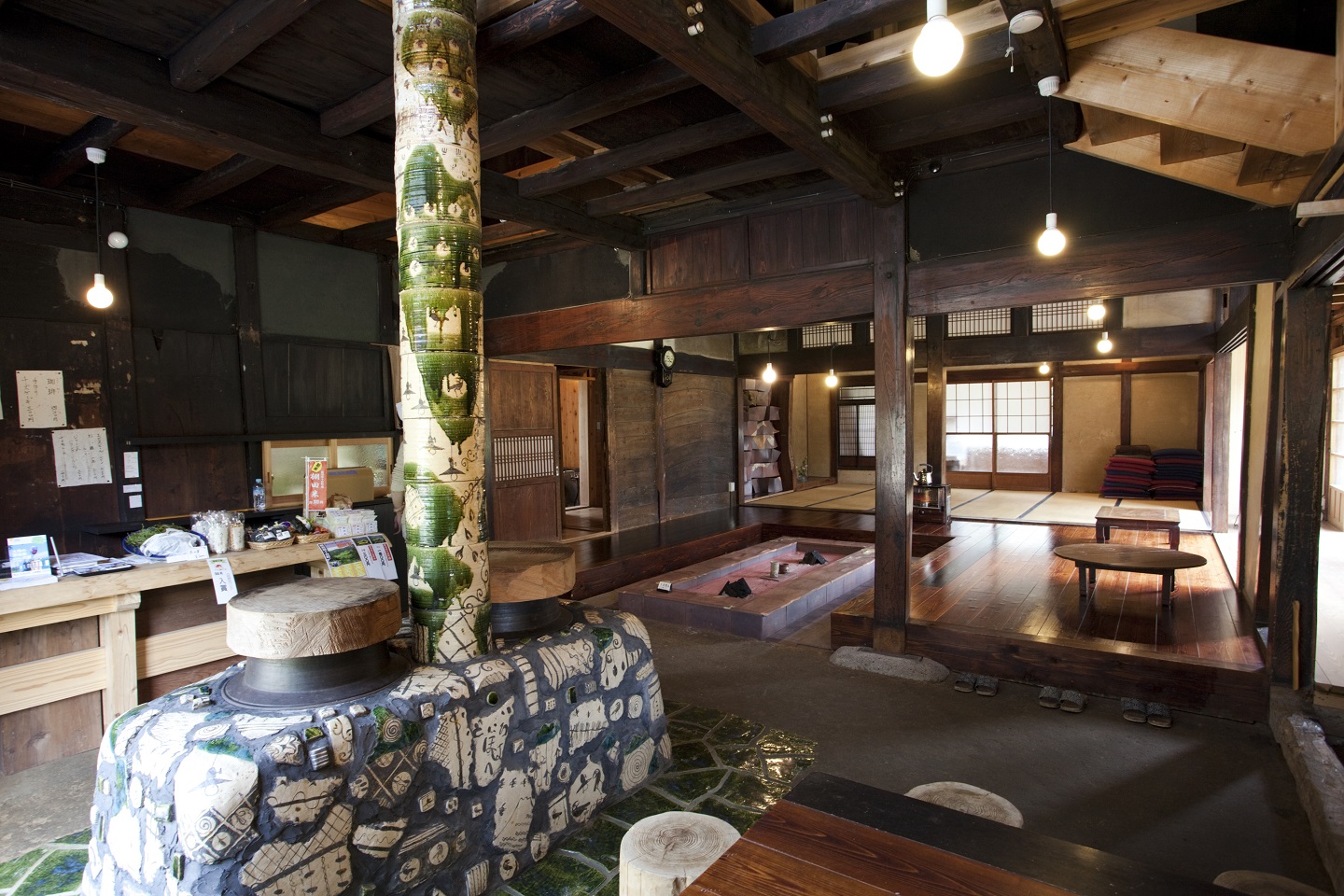
Ubusuna House (2009) Photo by Yanagi Ayumi
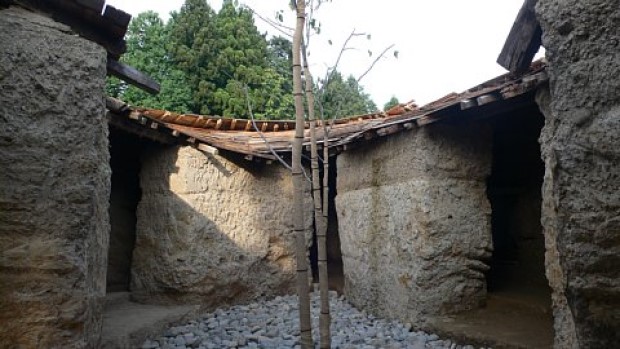
The placenta ― Misyaguchi by Furogori Hiroshi

“Pavillon/Papillon” by Dominique Perrault





